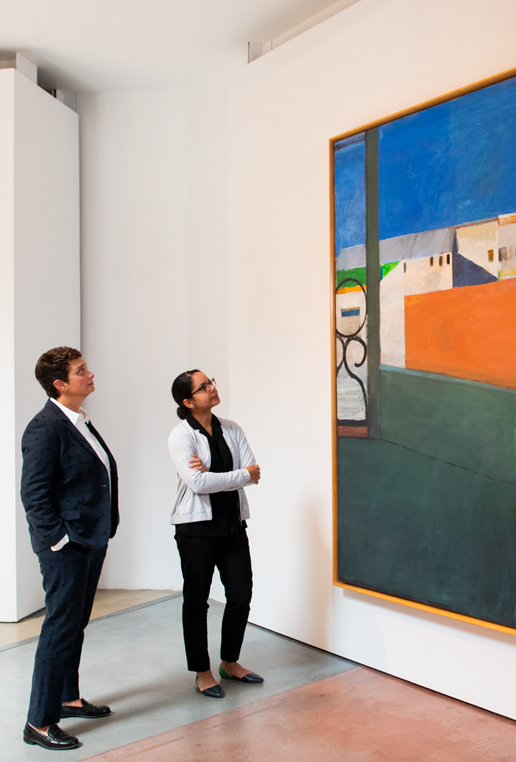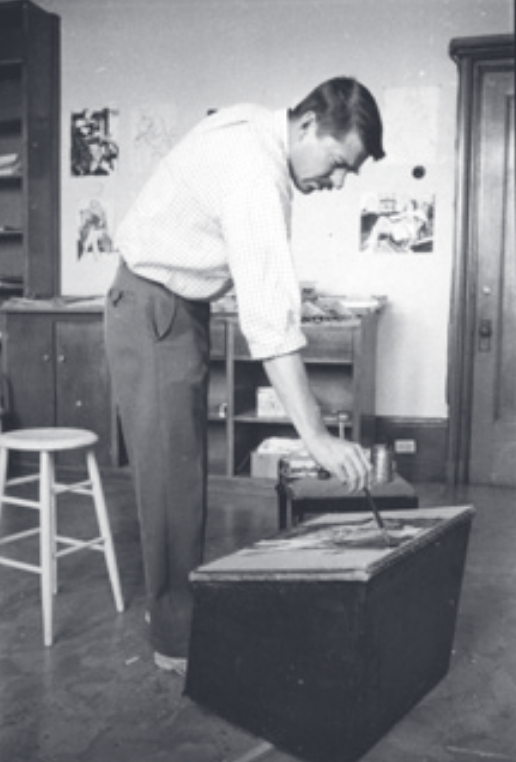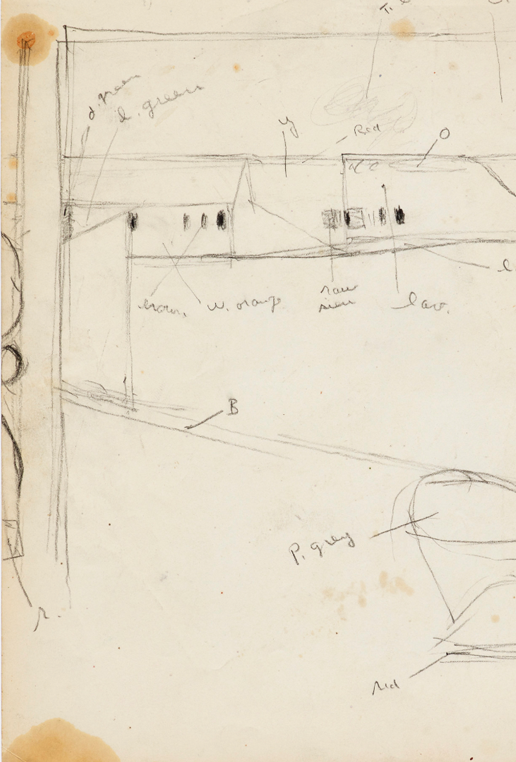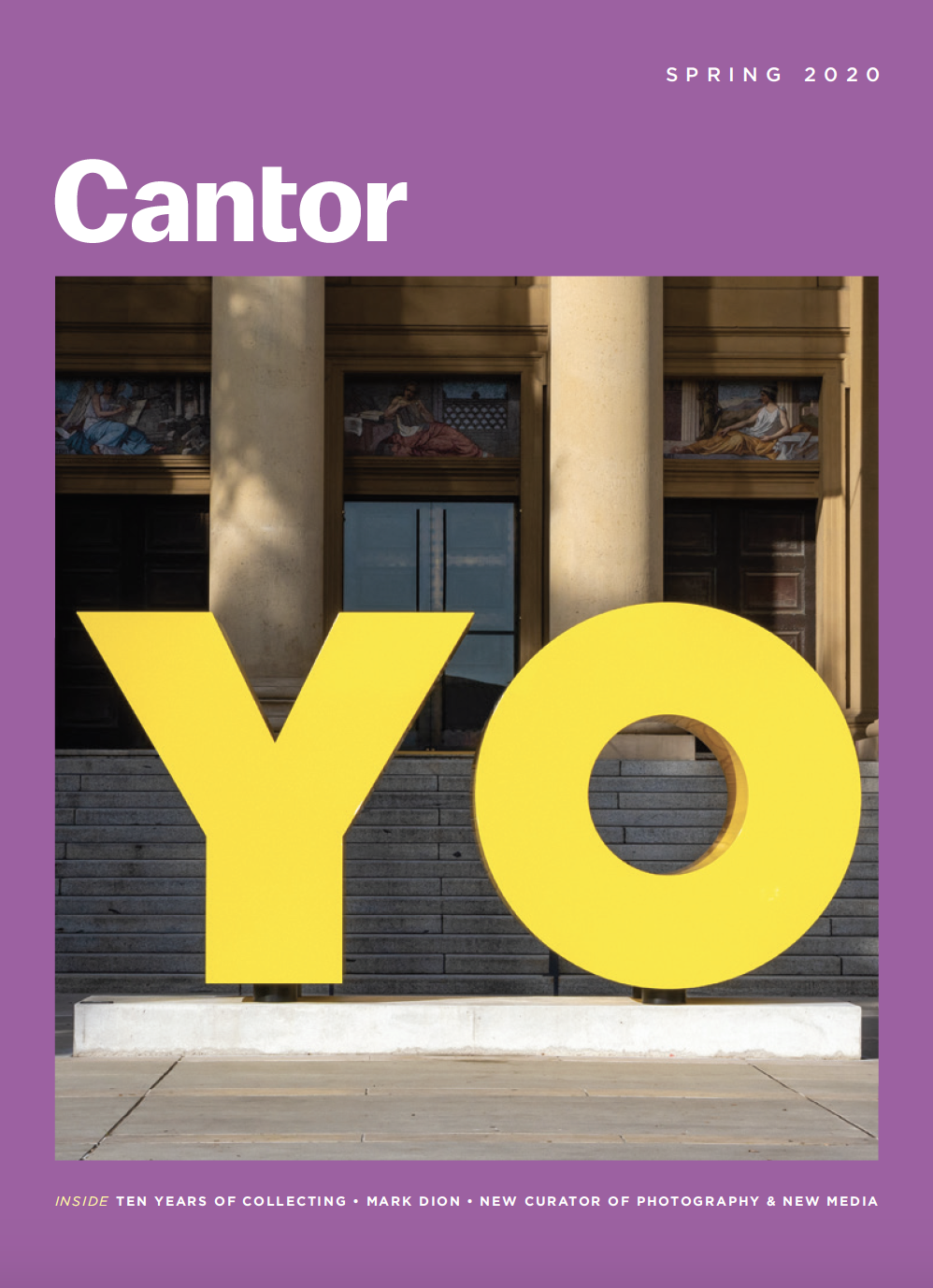Experts share their perspectives on viewing the artist’s work at the Cantor and Anderson Collection
Across Stanford’s art museums, guests can experience a mini-survey of works by famed Bay Area artist and Stanford alumnus Richard Diebenkorn, ’49, that range from large-scale abstract paintings to smaller, figurative pieces. An ongoing installation at the Cantor includes innovative, interactive displays showing the underpainting beneath Window (1967), discovered by Stanford undergraduate Katherine Van Kirk, ’19, and high-resolution, digitized copies of Diebenkorn’s 29 sketchbooks, which were gifted to the museum by Phyllis Diebenkorn, Richard’s wife, in 2014.
Explore the Sketchbooks




